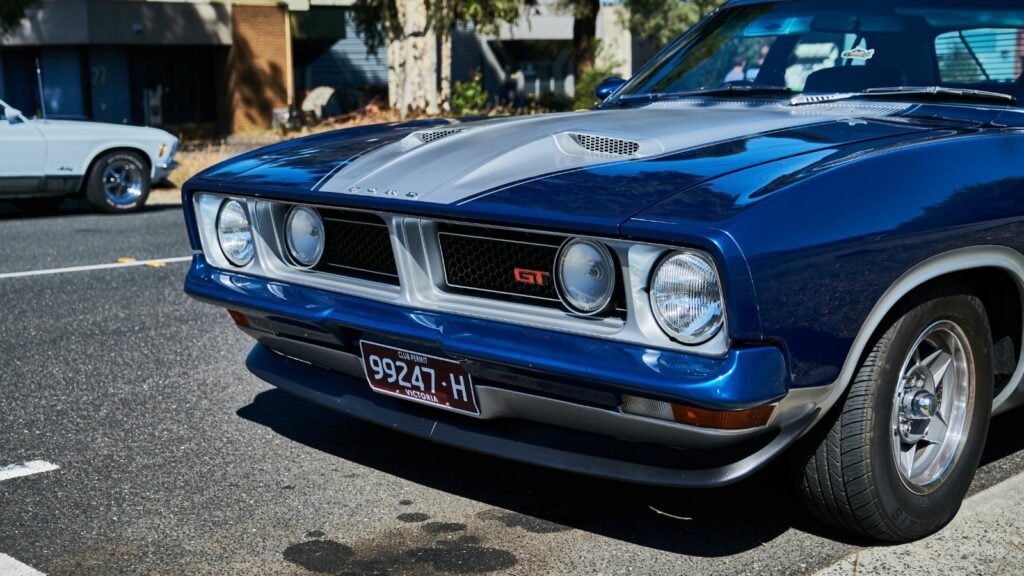In the ever-evolving landscape of automotive history, certain cars have etched themselves into our collective memory, becoming symbols of innovation, style, and performance. However, amid the vast catalog of automotive lore, a trove of forgotten gems exists— vehicles that once captured the imagination but have since faded into obscurity. Here are 13 legendary cars that deserve a place in the annals of automotive history.
Tucker 48 (1948)
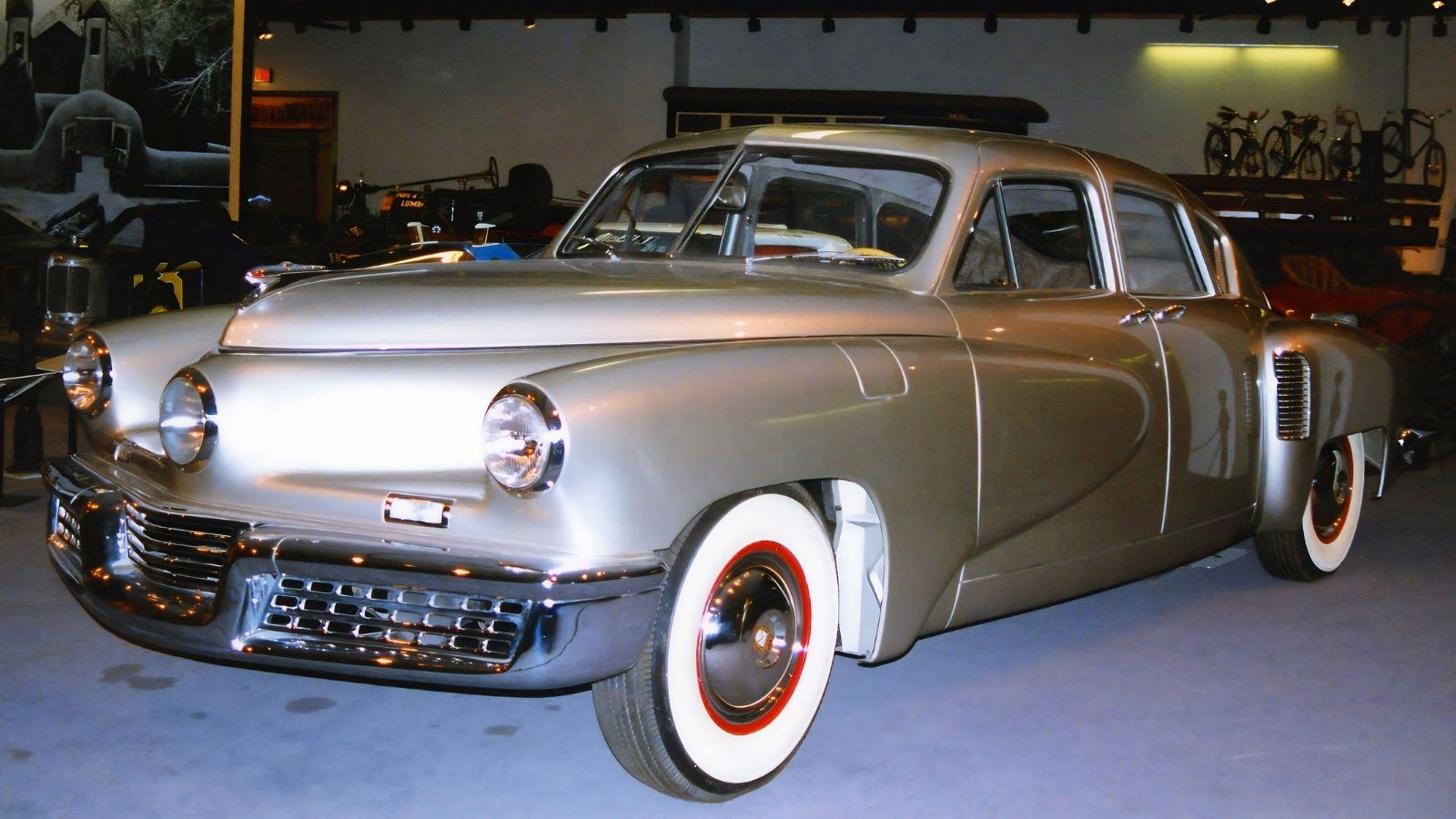
The Tucker 48, also known as the Tucker Torpedo, was the brainchild of Preston Tucker, an American entrepreneur. The car pioneered engineering and safety measures, with its third directional headlamp being its most iconic feature. It also featured a rear-mounted engine, pop-out safety glass windshield, and a center headlight that turned with the steering wheel. The Tucker 48 was ahead of its time. Despite its promising start, production issues and legal battles led to its demise, with only 51 units ever produced.
Vector W8 (1989)
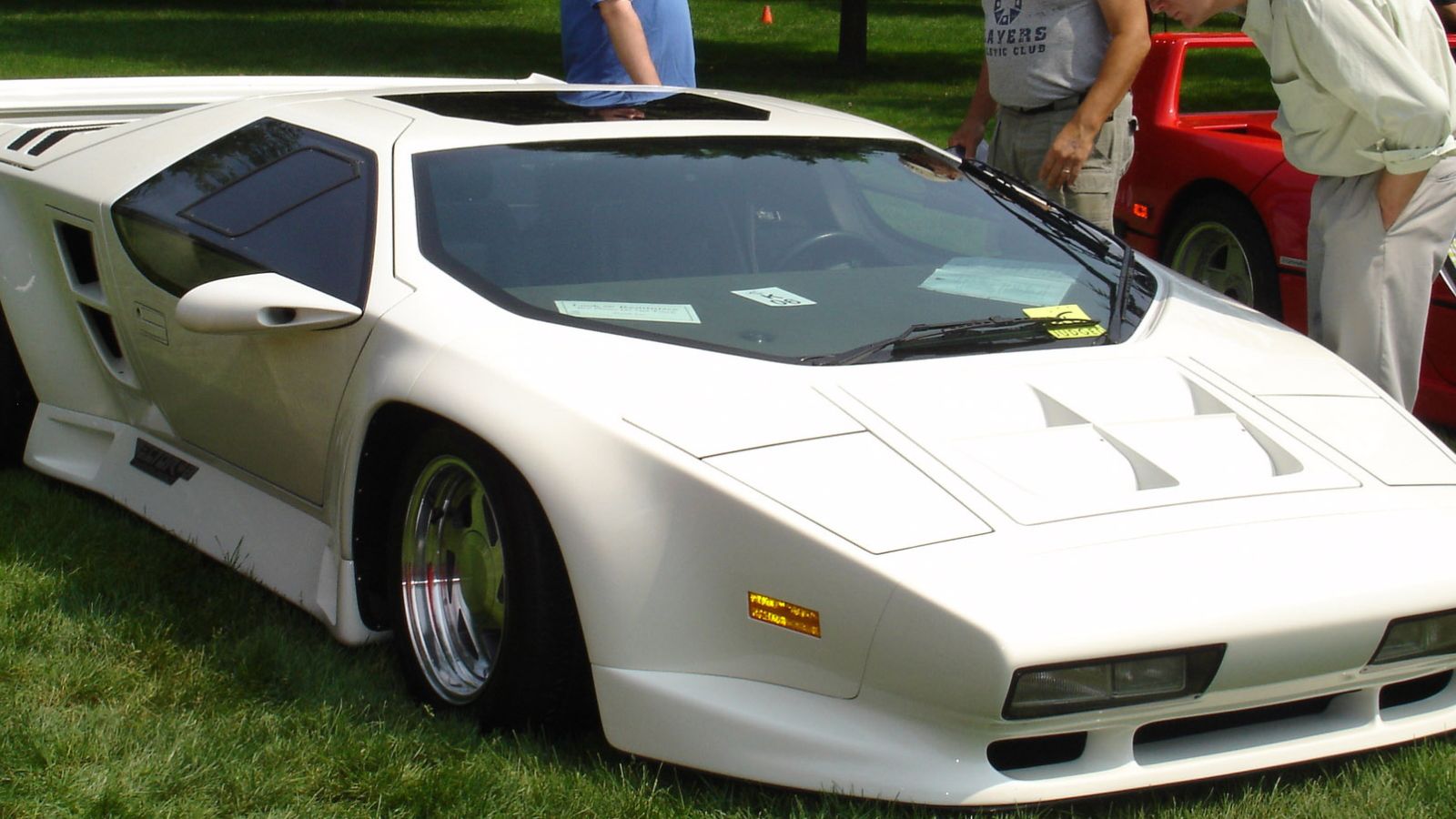
The futuristic supercar Vector W8 was aimed at rivaling Ferrari and Lamborghini. Inspired by the Alpha Romeo Carabao, it boasted a distinctive angular design and a powerful twin-turbocharged V8 engine, promising blistering performance. However, production delays and financial troubles plagued Vector Motors, resulting in limited production and ultimately relegating the W8 to the sidelines of automotive history.
DeLorean DMC-12 (1981)
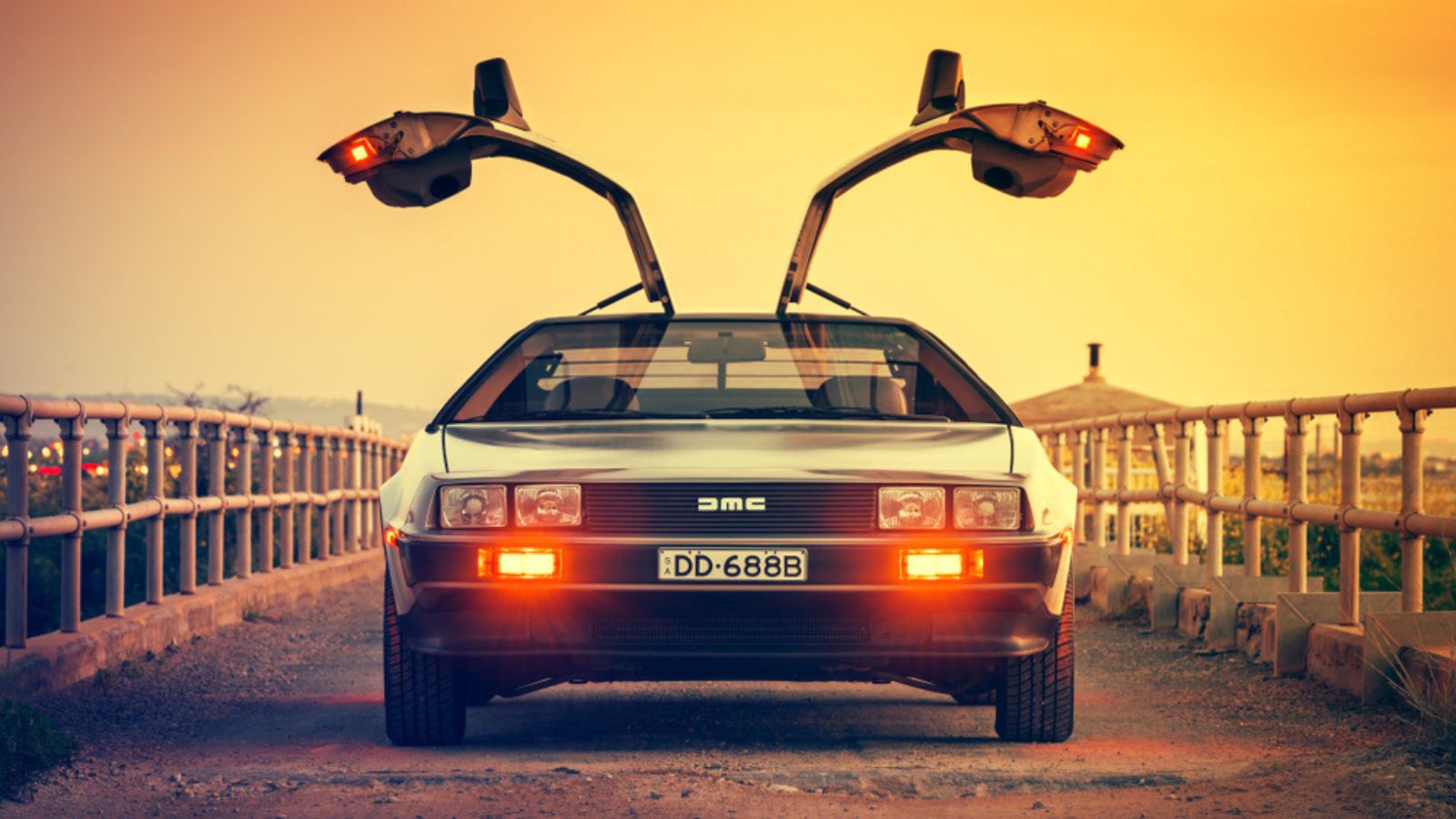
Originally designed by Georgetto Giugiaro and launched in 1981, the DeLorean DMC-12 achieved fame for its stainless-steel body and gull-wing doors and its starring role in the “Back to the Future” film franchise. The DMC-12 was intended to be a revolutionary sports car. However, with financial issues and underwhelming performance, its success was short-lived, leading to the expiry of the DeLorean Motor Company.
Plymouth Prowler (1997)
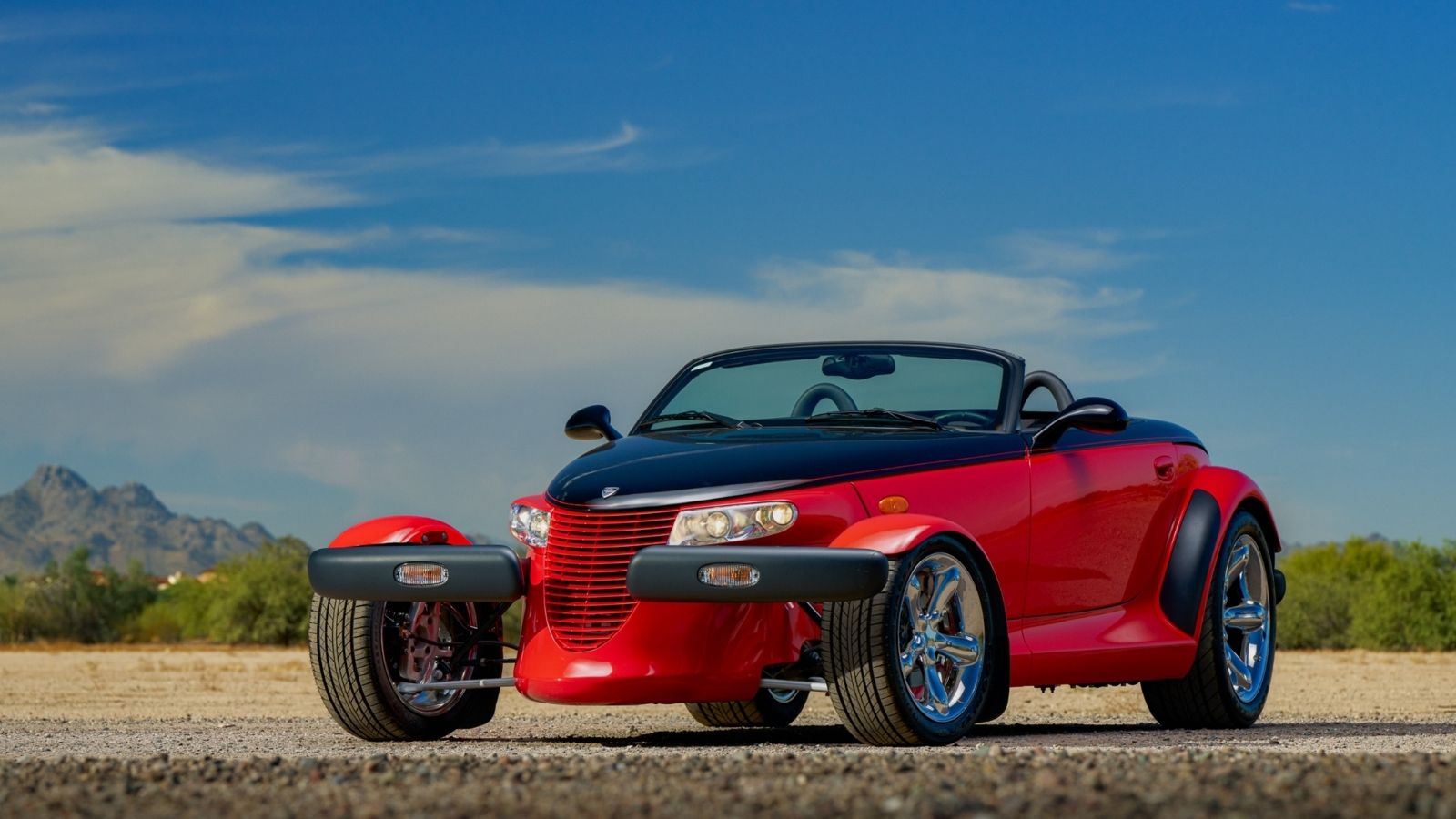
The Plymouth Prowler was a daring departure from conventional design, with its retro-futuristic styling reminiscent of hot rods from the 1930s. The most daring feature of the Plymouth was its open, Indy racer-style front wheels. The Prowler promises spirited performance and has a potent V6 engine and lightweight construction. Initially met with a lot of enthusiasm, limited practicality, and competition from more established brands is what finally contributed to its eventual discontinuation.
AMC Eagle (1980)
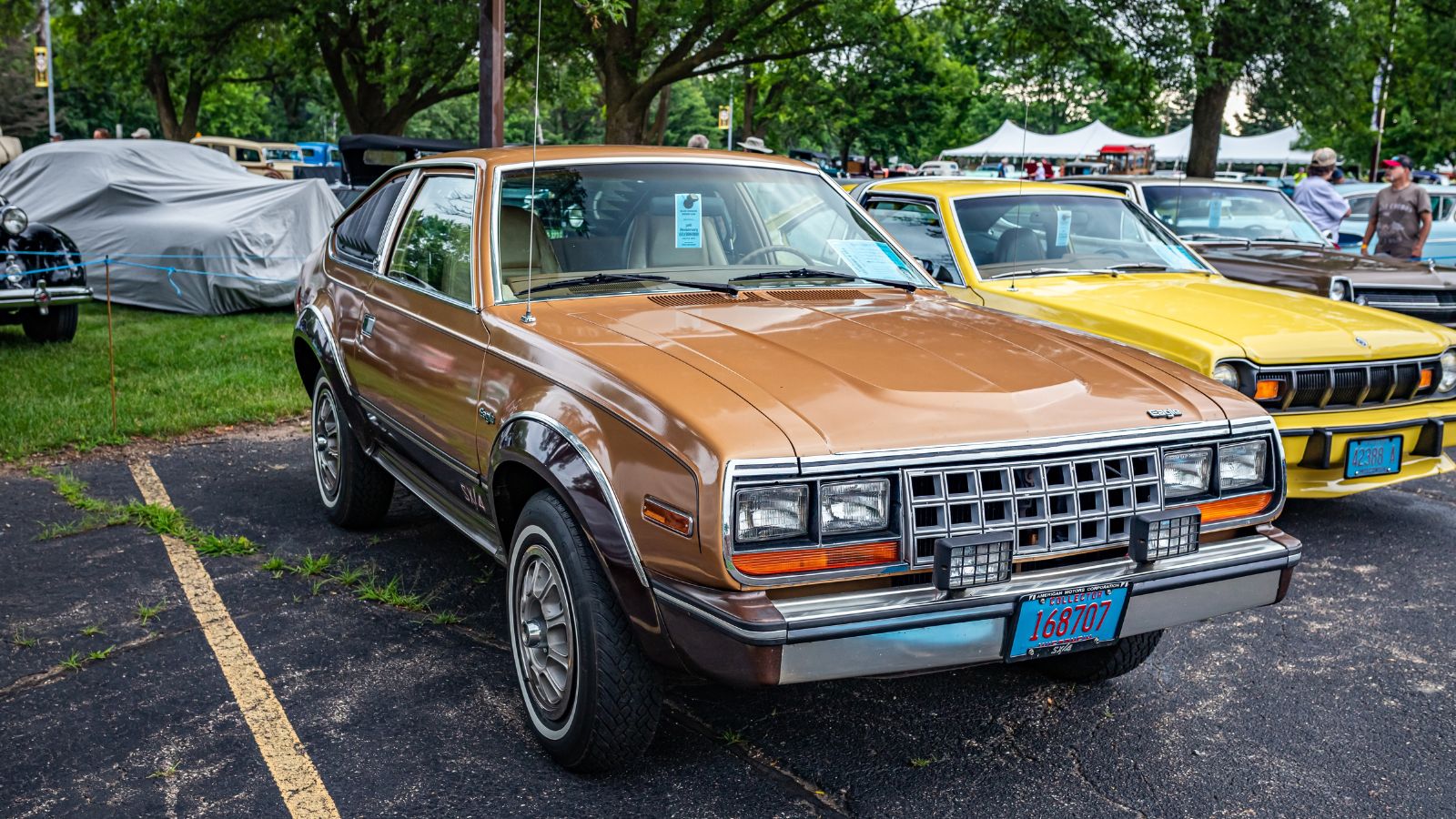
Originally introduced in August 1979, the car was available as a four-door sedan, station wagon, and coupe. The AMC Eagle was a pioneering crossover vehicle ahead of its time. Combining the ruggedness of a traditional SUV with the comfort and handling of a passenger car, the Eagle offered versatility unmatched by its contemporaries. Although innovative in its design, shifting consumer preferences and financial difficulties at American Motors Corporation led to the Eagle’s final departure from the production world.
Citroën DS (1955)
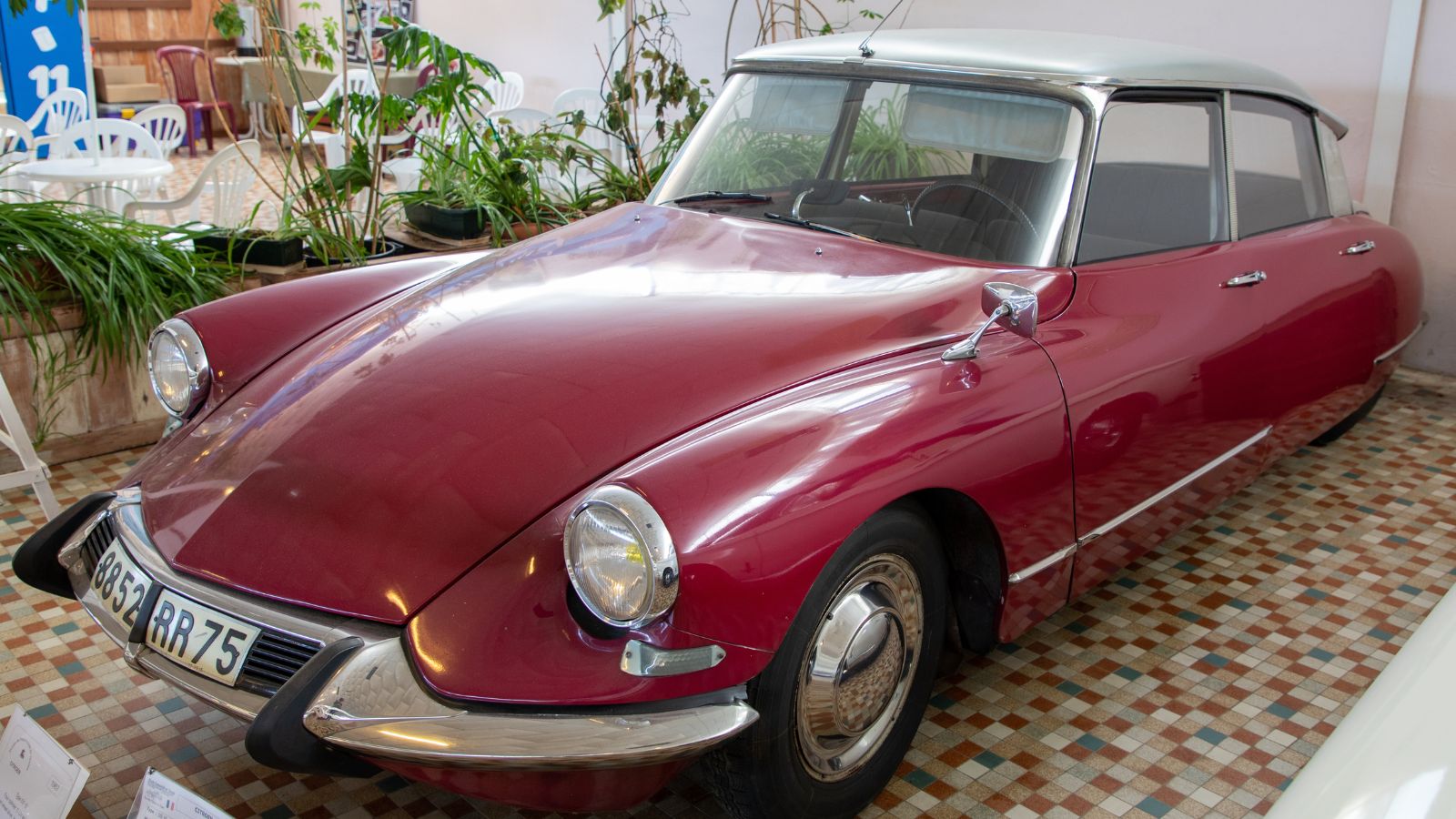
The Citroën DS, known as the Goddess, remains an icon of French automotive engineering and design. Designed by Italian sculptor and industrial designer Flaminio Bertoni, the car, with its futuristic styling, advanced hydraulic suspension system, and innovative features such as power steering and disc brakes, set new standards for luxury and comfort. However, its success didn’t last very long, as changing market dynamics and financial troubles at Citroën led to its discontinuation.
Bricklin SV-1 (1974)
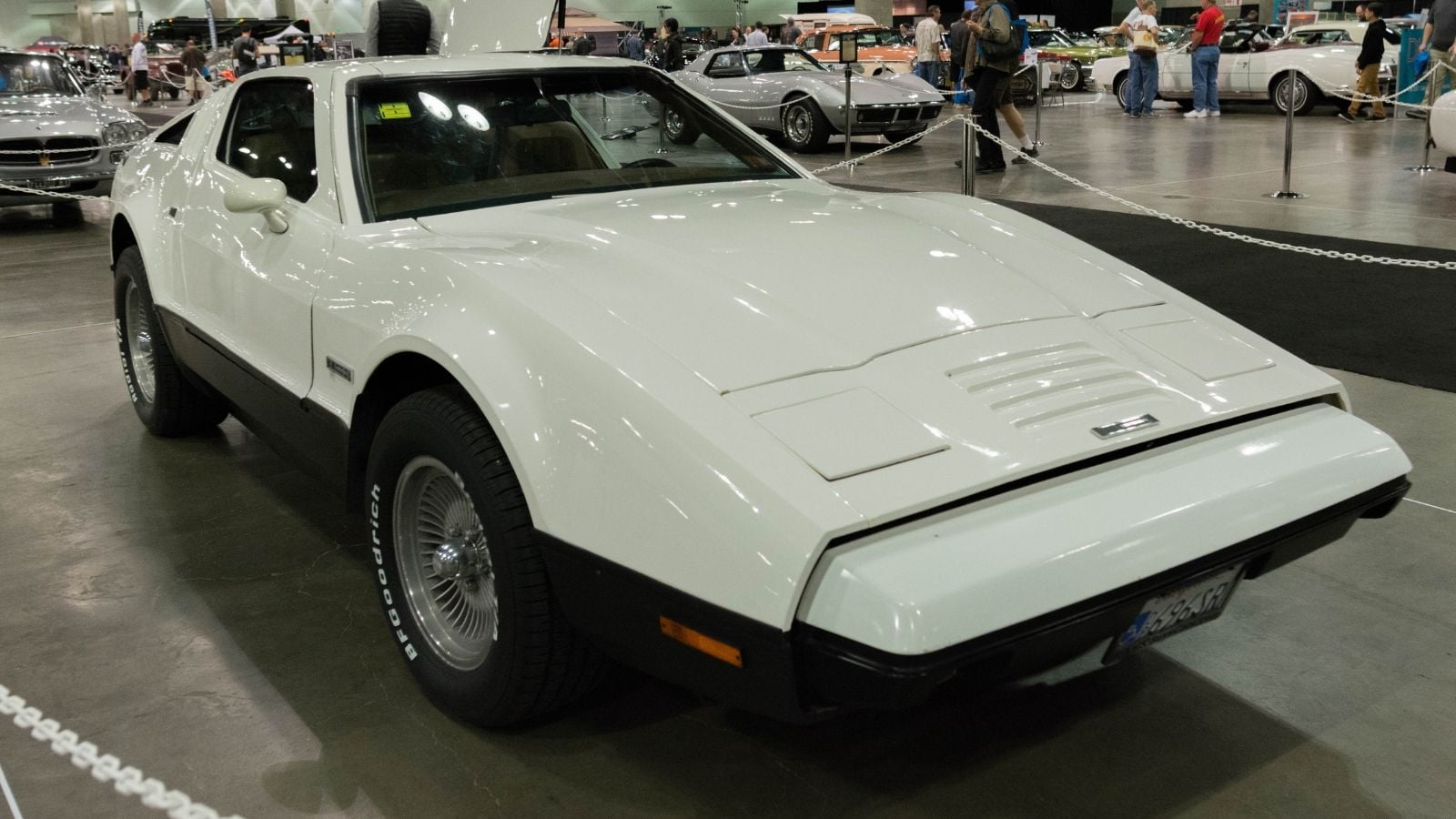
The Bricklin SV-1 was a Canadian sports car that aimed to combine safety, performance, and style. The SV-1 garnered a lot of attention for its unique design, featuring gull-wing doors and a fiberglass body. Its bodywork also included composite material of acrylic resin bonded to a fiberglass substrate. However, production delays, quality control issues, and limited distribution hampered its success, leading to the collapse of the Bricklin Motor Corporation.
Iso Grifo (1965)
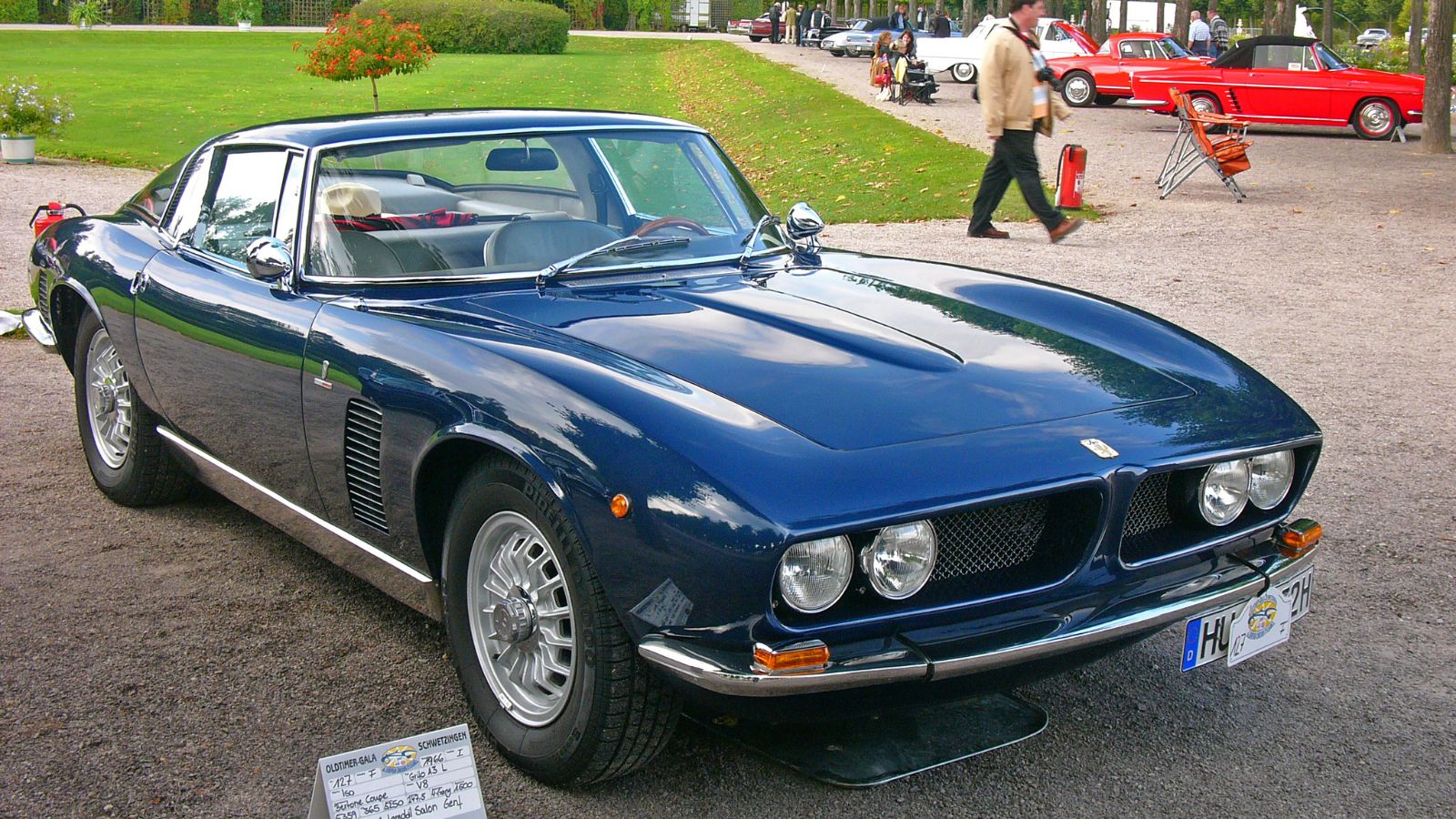
The Iso Grifo was an Italian grand tourer blended sleek styling with potent performance. Powered by V8 engines sourced from Chevrolet and later Ford, the Grifo offered exhilarating performance and luxurious accommodations. Despite its impressive credentials, limited production numbers and stiff competition from established marques prevented the Grifo from achieving widespread recognition.
Studebaker Avanti (1962)
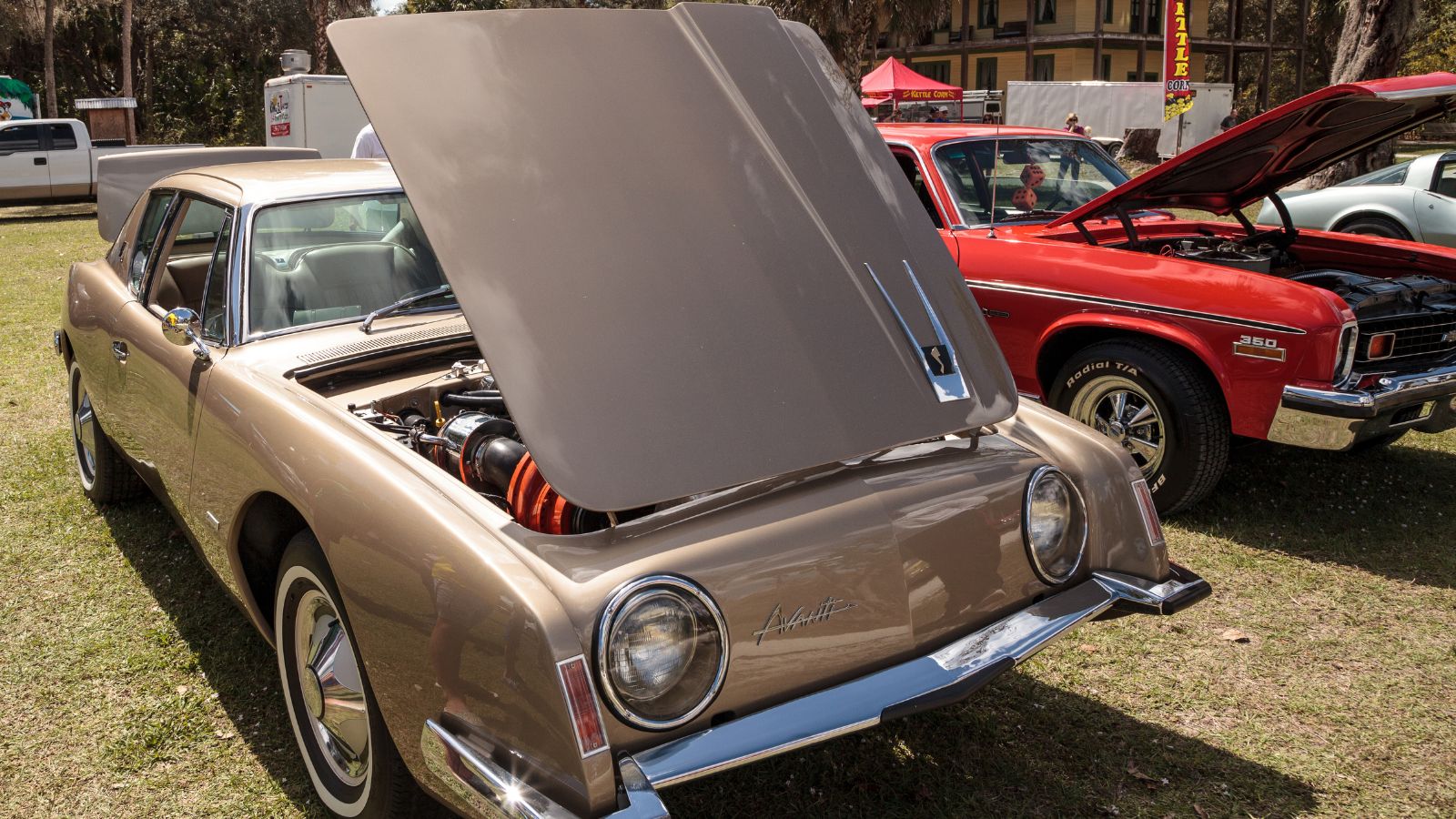
Marketed as “America’s only four-passenger high-performance personal car,” the Studebaker Avanti was a bold departure from convention with its radical styling and fiberglass body. Designed by renowned industrial designer Raymond Loewy, the Avanti aimed to rejuvenate Studebaker’s image and appeal to a younger demographic. The car received immense critical acclaim initially, but financial woes and management changes at Studebaker hastened the exit of the Avanti.
Tucker Carioca (1955)
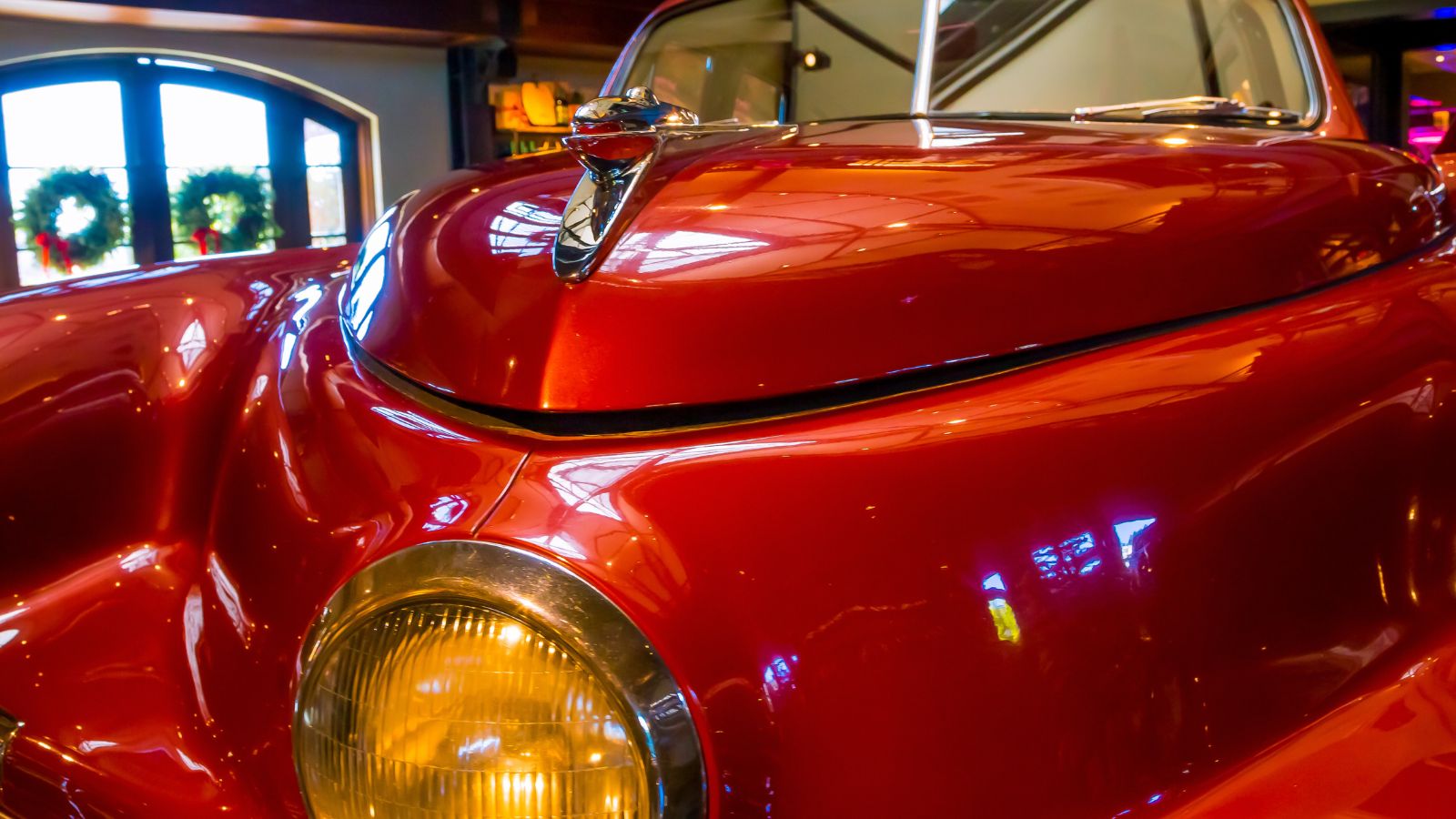
The Tucker Carioca was intended to be the successor to the ill-fated Tucker 48, featuring a more conventional design and improved engineering. With its advanced safety features and innovative engineering, the Carioca showed promise. However, financial troubles and legal battles stemming from the discontinuation of the Tucker Corporation prevented the Carioca from ever entering production.
Mazda RX-7 FD (1992)
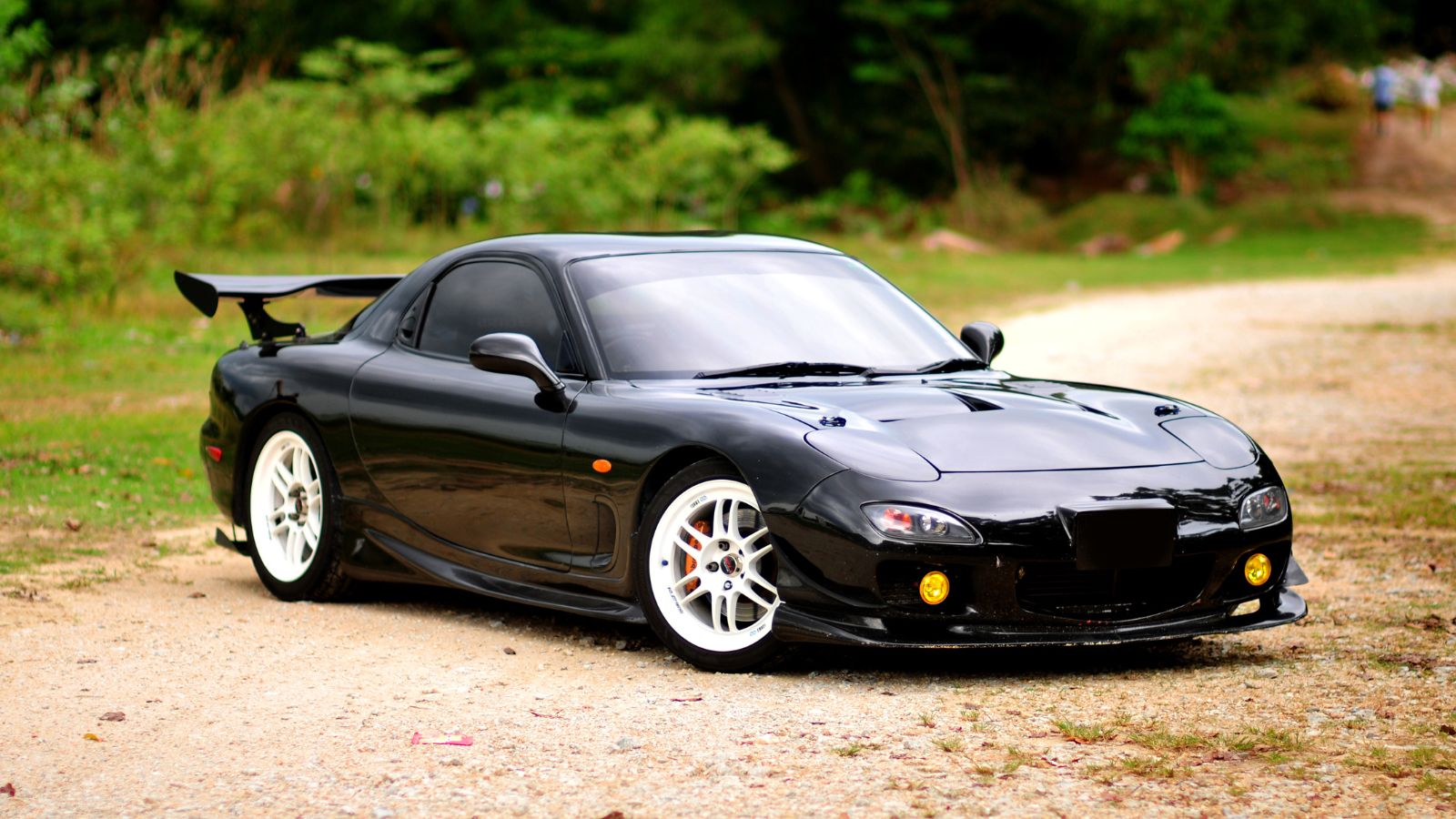
The Mazda RX-7 FD was the third generation of Mazda’s iconic rotary-powered sports car. With its lightweight construction, balanced handling, and potent twin-turbocharged rotary engine, the RX-7 FD offered exhilarating performance. Even with widespread acclaim, tightening emissions regulations and the discontinuation of rotary engine production finally led to the demise of the RX-7 FD.
BMW 8 Series (1989)

Debuted at the Frankfurt Motor Show (IAA) in early September 1989, the BMW 8 Series was a flagship grand tourer that showcased BMW’s engineering prowess and luxury credentials. Featuring a sleek design, advanced technology, and a powerful V12 engine, the 8 Series aimed to rival established luxury marques such as Mercedes-Benz and Jaguar and move beyond the market of the original 6 Series. However, this influential series was discontinued due to waning demand for high-end luxury coupes in the market.
Pontiac Fiero (1984)
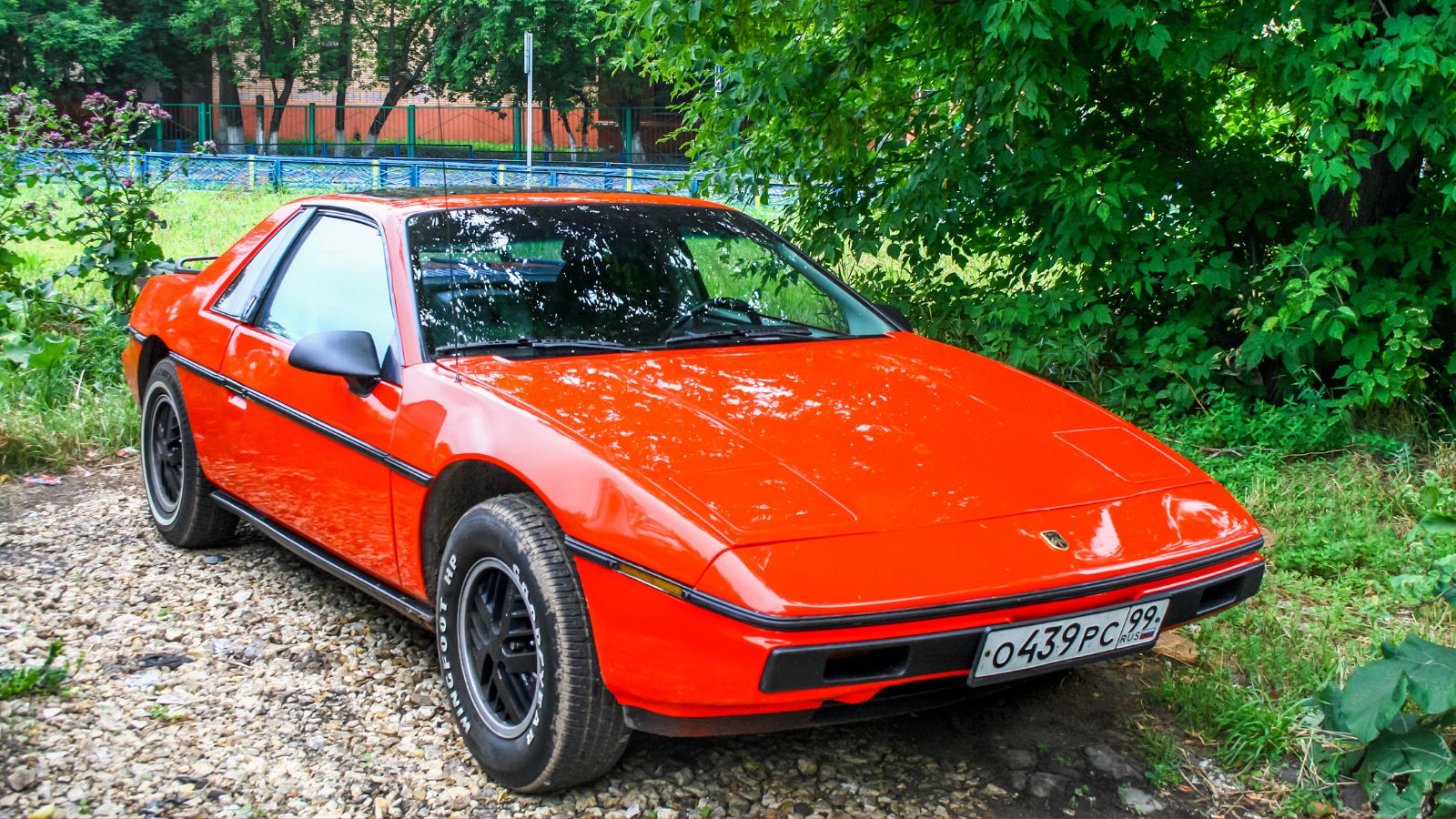
The Pontiac Fiero was a groundbreaking mid-engine sports car that aimed to combine affordability with performance. The car featured distinctive styling and lightweight construction, and the Fiero garnered ample attention upon its release. Not for very long, though, as quality control issues in the connecting rod and performance shortcomings due to the low engine oil tarnished its reputation, leading to its discontinuation after just four model years.
14 Cars With A Reputation For Running Forever And Why They Outperform The Rest

In the dynamic world of automobiles, some cars stand out for their remarkable longevity and enduring performance. These road warriors have earned a reputation for running seemingly forever, outpacing their counterparts. This article will explore 14 such vehicles and the reasons behind their legendary durability. 14 Cars With A Reputation For Running Forever And Why They Outperform The Rest
